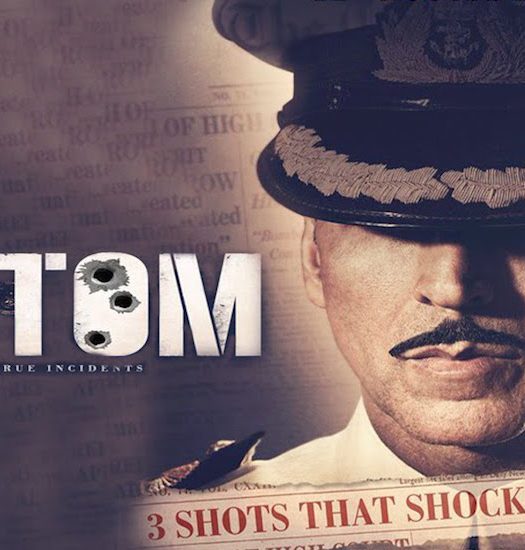‘Young Filmmakers of India: Emerging Voices and Narratives’ with Ashwiny Iyer Tiwari.
Day 4 of IFFI 2017 started off with a Panel Discussion on the theme – ‘Young Filmmakers of India: Emerging Voices and Narratives’ with R S Prasanna, Bhaskar Hazarika, Karthik Subbaraj & Raja Krishna Menon, moderated by writer-filmmaker Ashwiny Iyer Tiwari.

Ashwiny Iyer Tiwari
Bollywood has witnessed a new crop of brilliant storytellers over the past few years and these new cinematic voices are unique in the manner in which they employ accessible methods, to tell socially rooted stories that exist beyond India’s dynamic metropolitan centres. This panel comprised of some of these successful and path-breaking filmmakers who have in the recent past, made far reaching content driven films with unconventional tales set in real places and among the people.
Ashwiny made her directorial and writing debut with the critically-acclaimed movie Nil Battey Sannata, Tamil remake of Amma Kannaku and the romantic comedy Bareilly Ki Barfi. Talking about the emergence of new storytellers, she said, “Over the last few years,the Hindi film industry has witnessed various filmmakers who have managed to make their mark in the industry with their stories. The stories that they have showcased are fearless and time has come when the audience has started accepting such stories irrespective of the actors featuring in it. After making three films, I’ve realized that it’s not easy to go out and tell your own stories. But now there are producers waiting for filmmakers like us who want to tell good stories,”.

‘Young Filmmakers of India: Emerging Voices and Narratives’ at IFFI 2017
Bhaskar Hazarika says, “Subtitles work because if people in India are watching Korean films, they can watch a Manipuri film too with subtitles, except that as filmmakers we have to be conscious that we cannot have very dialogue-heavy films, because we can’t make people read all the time. So we try to do films which have less dialogue but the scenes explain a lot. ”
S Prasanna says, “Thanks to Tamil cinema, a movie like Kalyana Samayal Saadham could happen because it was independently produced and released in a very small manner. It picked up because of the word of mouth. I was also interacting with real people on the ground. I had not assisted anybody. I don’t come from the industry. It’s only an outsider who can possibly think of crazy ideas.”
Raja Krishna Menon says, “The film that got me really noticed is Barah Aana. When I made the film, I thought there was a story and I believed I had to tell it and I told it in the best way I could. It was called a festival and art-house film. I was shocked because I never meant to make it like that. But I heard a very interesting review which said that this was exactly Manmohan Desai except that it was garbed in reality. The film is about an under-dog and the treatment of the story makes it interesting. It gets slotted very early and once it gets slotted it gets very difficult to switch that slot. So I think that is changing hugely. You can tell a story even though you may not have the best production quality. But the stories are coming out. As the stories are coming out, producers are learning if there are 100000 people who want to watch it on YouTube there must be others out there who could be interested as well. We are breaking barriers.”



